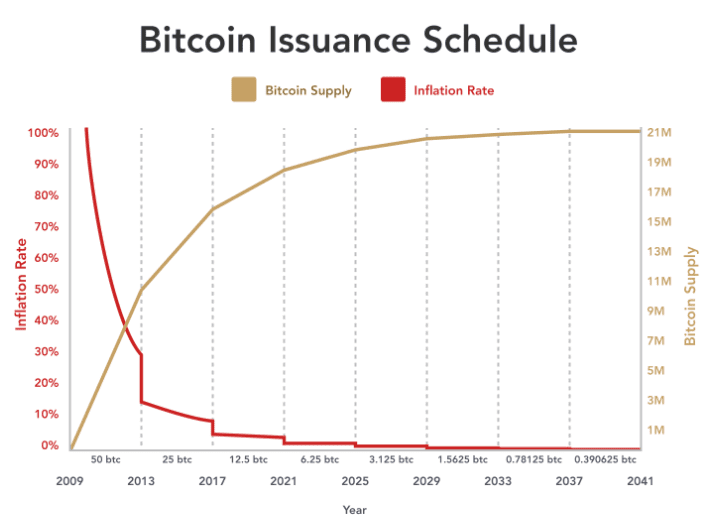
In the labyrinthine world of economic policy, one term that has frequently made headlines is the U.S. debt ceiling. The recent crisis underlines the contentious nature of this mechanism and brings to the forefront questions about our modern central banking system. In contrast, Bitcoin’s predetermined supply mechanism offers a striking alternative.
The information contained here is for general information only. It should not be taken as constituting financial advice. Stormrake is not a financial adviser. You should consider seeking independent financial advice prior to making any personal investments.
The Concept of the Debt Ceiling
The Concept of the Debt Ceiling
Debt Ceiling Crisis: A Recurring Scenario
The recent 2023 crisis has once again shone a spotlight on this peculiar mechanism. As the U.S. government spent more than its tax revenue, the debt ceiling had to be raised to avoid default. This scenario has become a recurring theme over the years. The ongoing cycle of borrowing, spending, hitting the debt limit, and then raising it, raises valid questions about the viability of this system.
* Significant crises happened prior to this, most recently in 2013, 2011 & 1995.
Critiques of the Debt Ceiling
Critics argue that the debt ceiling is an outdated concept that does more harm than good. It disrupts the financial market, undermines the economy, and adds unnecessary stress to an already complex governmental budgeting process. Moreover, it highlights the infinite loop of the central banking system, where money creation becomes a necessity to keep the economy afloat.
Central Banking System: A Cycle of Spending and Printing
The central banking system, with its ability to adjust monetary supply, has been seen as an integral part of our economy. However, the frequent need to raise the debt ceiling paints a clear picture: the system requires consistent borrowing and money printing to function. This reality is not sustainable and opens up questions about alternative economic structures.
Bitcoin: A Revolutionary Alternative
Enter Bitcoin(2008), a decentralized cryptocurrency with a fixed supply. It offers a radical departure from the central banking system. The total number of bitcoins that will ever exist is capped at 21 million, making its supply mechanism completely predictable and transparent.
Bitcoin's built-in scarcity is its key distinguishing feature. Unlike the central banking system, it can't be manipulated to create more coins and there is no unnecessary political grandstanding. This built-in scarcity mechanism allows Bitcoin to retain its value over time and offers an inflation-hedge in uncertain economic environments. It is this solid, unbreakable foundation that allows for economic growth to flourish once the Bitcoin standard reaches global dominance.

Conclusion
In an era marked by monetary uncertainty, Bitcoin provides an innovative alternative to traditional banking systems. It offers a decentralized, transparent, and fair monetary system, proving to be the antithesis of the current central banking structure. While debates around the U.S. debt ceiling continue, Bitcoin's supply mechanism stands as a testament to the power of a fixed supply and open transparency. In the end, it could prove to be the way forward in our evolving financial landscape.

Create a brokerage account today
If you enjoyed this Thunder Trading, feel free to open an account and gain access to more proprietary research and work with your very own dedicated crypto broker.
No Advice Warning
Disclaimer
All statements made in this newsletter are made in good faith and we believe they are accurate and reliable. Stormrake does not give any warranty as to the accuracy, reliability or completeness of information that is contained here, except insofar as any liability under statute cannot be excluded. Stormrake, its directors, employees and their representatives do not accept any liability for any error or omission in this newsletter or for any resulting loss or damage suffered by the recipient or any other person. Unless otherwise specified, copyright of information provided in this newsletter is owned by Stormrake. You may not alter or modify this information in any way, including the removal of this copyright notice.Copyright © 2022 Stormrake Pty Ltd, All rights reserved


